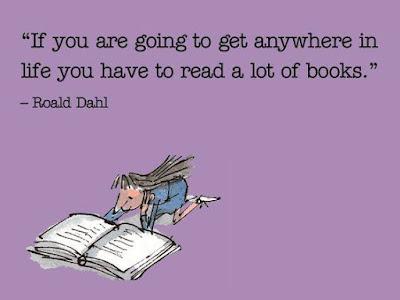The author gets an idea, then he writes his first draft which isn't as good as he hoped, so he rewrites it, in this case 20 more times until he thinks it is perfect. Then it goes to his editor who who thinks it is perfect, too as long as the author makes a bunch of changes. The manuscript goes back and forth until both the author and editor are satisfied. Then the editor sends the manuscript to an illustrator, Adam Rex. Since Adam is busy (or not) it takes a long time to get the pictures to the editor. but finally the book is ready to print in Malaysia. A pile of books so huge is printed that it can be seen from space. How do the books get back to the United States? By slow boat, of course; made even slower by an attack from a pirate ship. Lucky for us pirates don't read and aren't interested in the boat's treasure. When it gets to the harbor, the books are loaded onto a truck which delivers them to a bookstore (or Library) waiting for one final step in the book making process: a reader.
The Sonoma County Library has five copies. This book was published on Sept 6, 2016 and as of yet has not been assigned an AR level.
But that didn't answer my question about how authors and illustrators work together, so I looked at a book they worked on published in 2012, Chloe and the Lion about who is more important in making a picture book the author or the illustrated?
But that didn't answer my question about how authors and illustrators work together, so I looked at a book they worked on published in 2012, Chloe and the Lion about who is more important in making a picture book the author or the illustrated?

In Mac's story, Chloe gets lost in the woods and meets a lion, but Adam thinks a dragon is cooler. Mac begs to disagree and tells Adam to draw whatever he writes. Mac and Adam are played by claymation representations of themselves. Their conversation occurs in its own space or over Adam's drawings.Eventually the argument ends with Mac firing Adam. Just then, Hank walks out of the woods carrying brushes and a palette and is hired on the spot to illustrate the book. Hank's lion swallows Adam whole.
Mac suggests that Hank make the lion scarier, Hank says if you want scary, why didn't you make the lion a dragon? This leads to Hank being fired. Mac decides to draw the pictures himself, but that doezn't work so well either. He wants to quit, but Chloe talks him into asking Adam to do the drawings again. This leads to a phone conversation between Mac and Adam who is trapped in the lion's belly. In order to do the drawings he need to get out. Chloe asks a woodcutter, a crone and a knight for help, but they were no help. What finally worked was a redrawn (by Mac) cartoonish lion who was so embarrassed by his not so fierce new body that he agreed to cough up Adam. Everyone is happy but Chloe, what kind of thanks does a girl get for saving the day?
So do you think that's how authors and illustrator's work together? This video and this one from Reading Rockets may get us a little closer to the answer.
There is a short You Tube video about the making of this book that is pretty funny. The Sonoma County Library has two copies. The AR is 2.7.
All this made me wonder about how Adam Rex worked with Christian Robinson when he wrote School's First Day of School.
Mac suggests that Hank make the lion scarier, Hank says if you want scary, why didn't you make the lion a dragon? This leads to Hank being fired. Mac decides to draw the pictures himself, but that doezn't work so well either. He wants to quit, but Chloe talks him into asking Adam to do the drawings again. This leads to a phone conversation between Mac and Adam who is trapped in the lion's belly. In order to do the drawings he need to get out. Chloe asks a woodcutter, a crone and a knight for help, but they were no help. What finally worked was a redrawn (by Mac) cartoonish lion who was so embarrassed by his not so fierce new body that he agreed to cough up Adam. Everyone is happy but Chloe, what kind of thanks does a girl get for saving the day?
So do you think that's how authors and illustrator's work together? This video and this one from Reading Rockets may get us a little closer to the answer.
There is a short You Tube video about the making of this book that is pretty funny. The Sonoma County Library has two copies. The AR is 2.7.
All this made me wonder about how Adam Rex worked with Christian Robinson when he wrote School's First Day of School.














